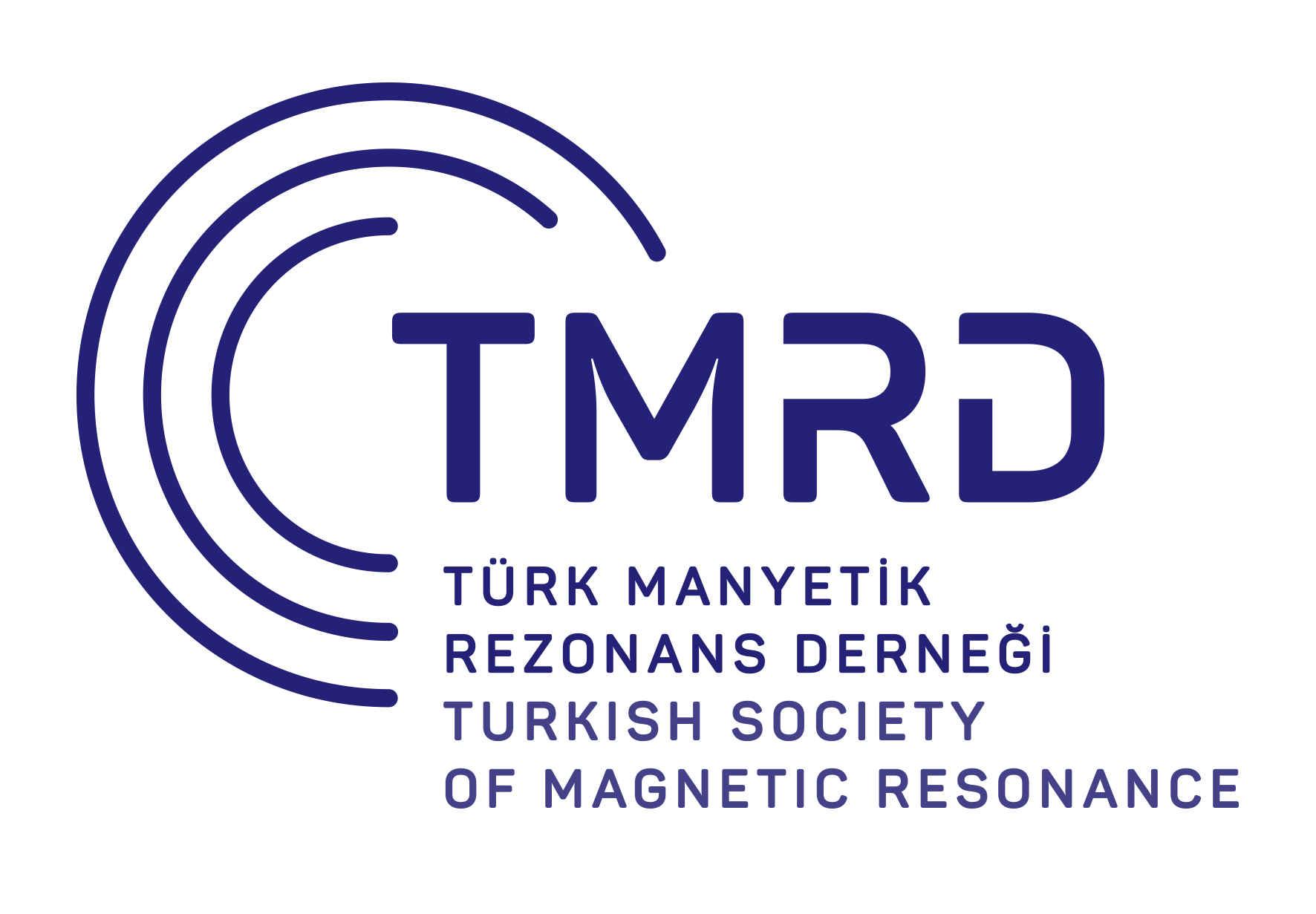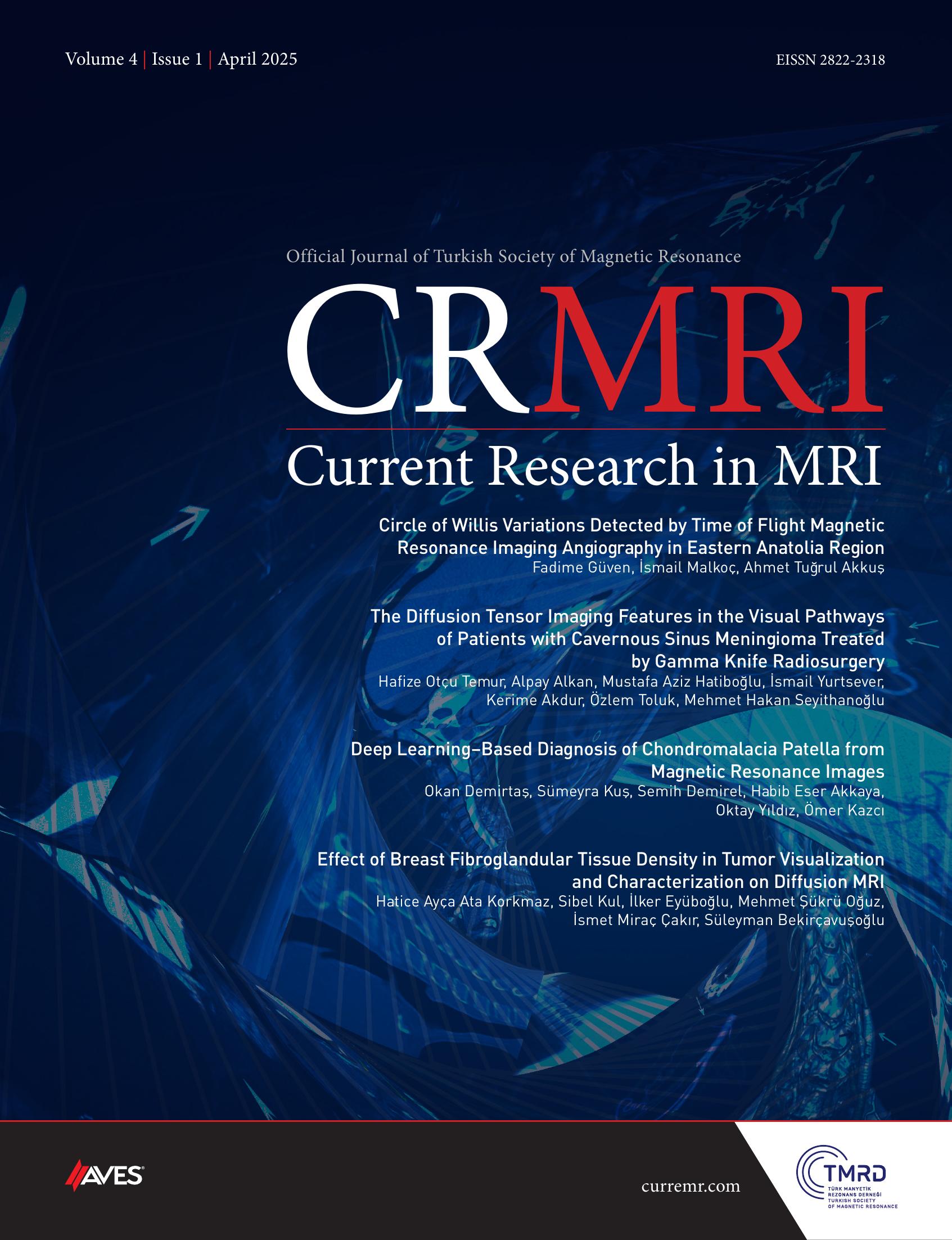Objective: The evaluation of the morphometric features of the Achilles tendon with magnetic resonance imaging is an essential aspect of musculoskeletal imaging, with significant implications for the diagnosis and management of Achilles tendon injuries. The aim of this study is to investigate the morphology of the Achilles tendon in normal and healthy individuals and establish a standard value using specific measurement techniques.
Methods: The sagittal images were used to compute the free Achilles tendon length between the most distal portion of the soleus muscle fibers and the proximalsuperior calcaneal insertion of the Achilles tendon. On the axial images, the most distal portion of the soleus muscle fibers was identified, and the free Achilles tendon length was measured between this location and the Achilles tendon's most distal calcaneal insertion.In the axial section, the thickest portion of the unrestricted portion of the Achilles tendon in the anteroposterior plane was measured.The distance between the point at which the Achilles tendon attained its maximum thickness and its proximal insertion into the calcaneus was measured.
Results: The thickest portion of the unconstrained portion of the Achilles tendon, known as the APM distance, was measured to be 5 ± 0.2 mm in the anteroposterior plane.The MKPM distance, which is the distance from the point where the Achilles tendon reaches its maximal thickness to the proximal insertion of the calcaneus, was measured to be 18.4 ± 4.7 mm.
Conclusion: Future research should aim to expand our understanding of the factors influencing Achilles tendon morphology and their impact on tendon health and injury risk. Such knowledge can inform the development of personalized strategies for the prevention, diagnosis, and treatment of Achilles tendon disorders.
Cite this article as: Kösetürk T, Sunar M, Kazcı Ö, Çelik Aydın Ö. Normal achilles tendon morphology: A radioanatomical study. Current Research in MRI, 2023;2(2):32-35.



.png)
